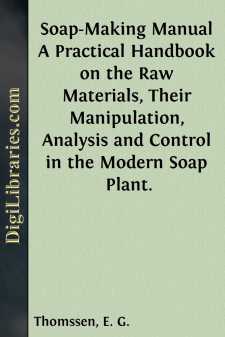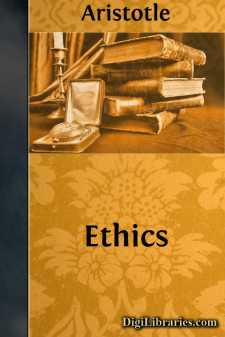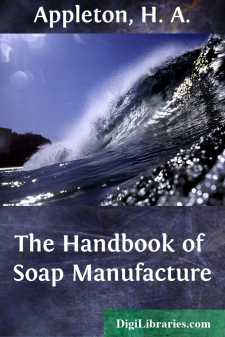Categories
- Antiques & Collectibles 13
- Architecture 36
- Art 48
- Bibles 22
- Biography & Autobiography 813
- Body, Mind & Spirit 142
- Business & Economics 28
- Children's Books 15
- Children's Fiction 12
- Computers 4
- Cooking 94
- Crafts & Hobbies 4
- Drama 346
- Education 46
- Family & Relationships 57
- Fiction 11829
- Games 19
- Gardening 17
- Health & Fitness 34
- History 1377
- House & Home 1
- Humor 147
- Juvenile Fiction 1873
- Juvenile Nonfiction 202
- Language Arts & Disciplines 88
- Law 16
- Literary Collections 686
- Literary Criticism 179
- Mathematics 13
- Medical 41
- Music 40
- Nature 179
- Non-Classifiable 1768
- Performing Arts 7
- Periodicals 1453
- Philosophy 64
- Photography 2
- Poetry 896
- Political Science 203
- Psychology 42
- Reference 154
- Religion 513
- Science 126
- Self-Help 84
- Social Science 81
- Sports & Recreation 34
- Study Aids 3
- Technology & Engineering 59
- Transportation 23
- Travel 463
- True Crime 29
Soap-Making Manual A Practical Handbook on the Raw Materials, Their Manipulation, Analysis and Control in the Modern Soap Plant.
by: E. G. Thomssen
Description:
Excerpt
CHAPTER I
Raw Materials Used in Soap Making.
Soap is ordinarily thought of as the common cleansing agent well known to everyone. In a general and strictly chemical sense this term is applied to the salts of the non-volatile fatty acids. These salts are not only those formed by the alkali metals, sodium and potassium, but also those formed by the heavy metals and alkaline earths. Thus we have the insoluble soaps of lime and magnesia formed when we attempt to wash in "hard water"; again aluminum soaps are used extensively in polishing materials and to thicken lubricating oils; ammonia or "benzine" soaps are employed among the dry cleaners. Commonly, however, when we speak of soap we limit it to the sodium or potassium salt of a higher fatty acid.
It is very generally known that soap is made by combining a fat or oil with a water solution of sodium hydroxide (caustic soda lye), or potassium hydroxide (caustic potash). Sodium soaps are always harder than potassium soaps, provided the same fat or oil is used in both cases.
The detergent properties of soap are due to the fact that it acts as an alkali regulator, that is, when water comes into contact with soap, it undergoes what is called hydrolytic dissociation. This means that it is broken down by water into other substances. Just what these substances are is subject to controversy, though it is presumed caustic alkali and the acid alkali salt of the fatty acids are formed.
There is no sharp distinction between fat and oil. By "oil" the layman has the impression of a liquid which at warm temperature will flow as a slippery, lubricating, viscous fluid; by "fat" he understands a greasy, solid substance unctuous to the touch. It thus becomes necessary to differentiate the oils and fats used in the manufacture of soap.
Inasmuch as a soap is the alkali salt of a fatty acid, the oil or fat from which soap is made must have as a constituent part, these fatty acids. Hydrocarbon oils or paraffines, included in the term "oil," are thus useless in the process of soap-making, as far as entering into chemical combination with the caustic alkalis is concerned. The oils and fats which form soap are those which are a combination of fatty acids and glycerine, the glycerine being obtained as a by-product to the soap-making industry.
NATURE OF A FAT OR OIL USED IN SOAP MANUFACTURE.
Glycerine, being a trihydric alcohol, has three atoms of hydrogen which are replaceable by three univalent radicals of the higher members of the fatty acids, e. g.,
OHORCHOH+ 3 ROH = CHOR+ 3 HOOHORGlycerine plus 3 Fatty Alcohols equals Fat or Oil plus 3 Water.
Thus three fatty acid radicals combine with one glycerine to form a true neutral oil or fat which are called triglycerides. The fatty acids which most commonly enter into combination of fats and oils are lauric, myristic, palmitic, stearic and oleic acids and form the neutral oils or triglycerides derived from these, e. g., stearin, palmatin, olein. Mono and diglycerides are also present in fats....












